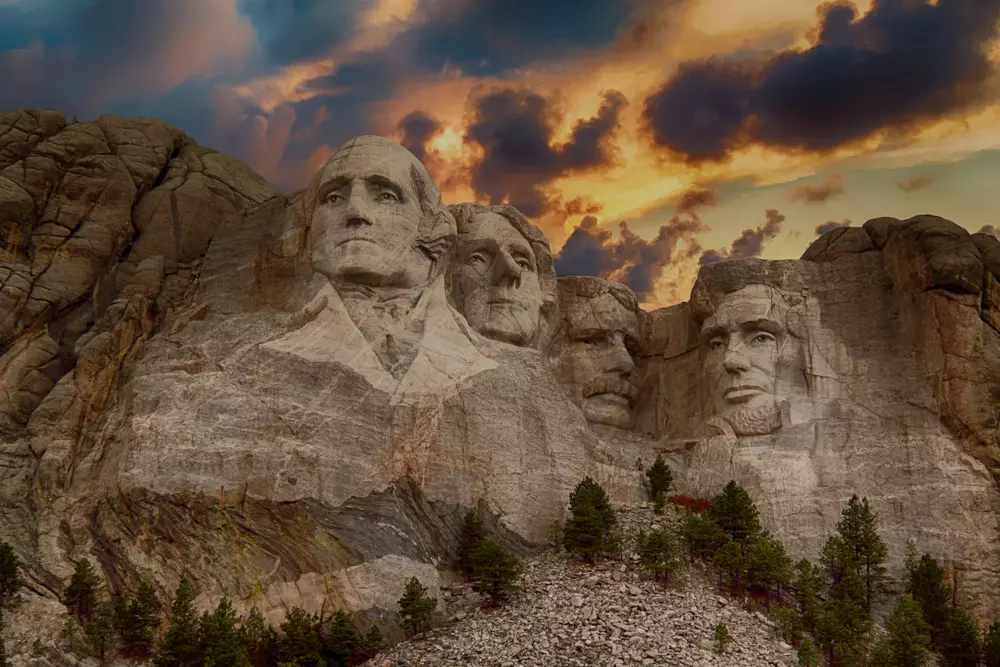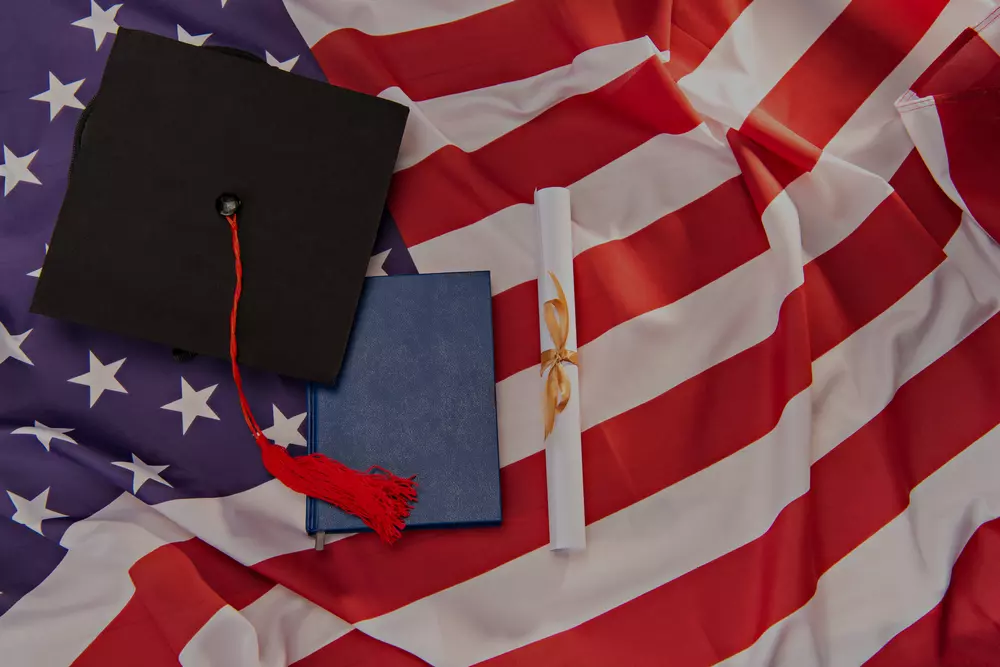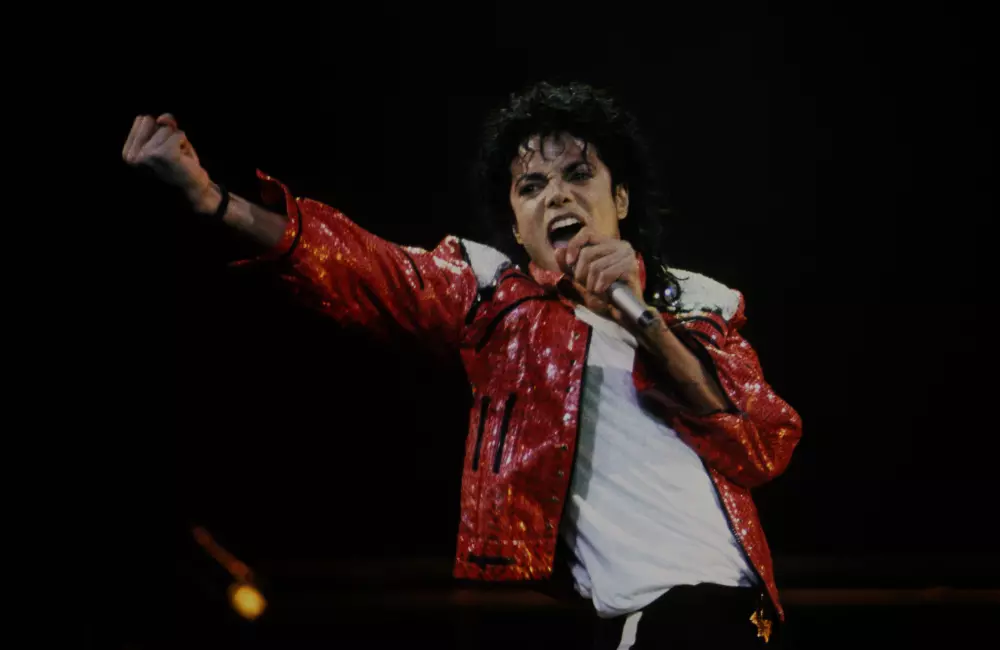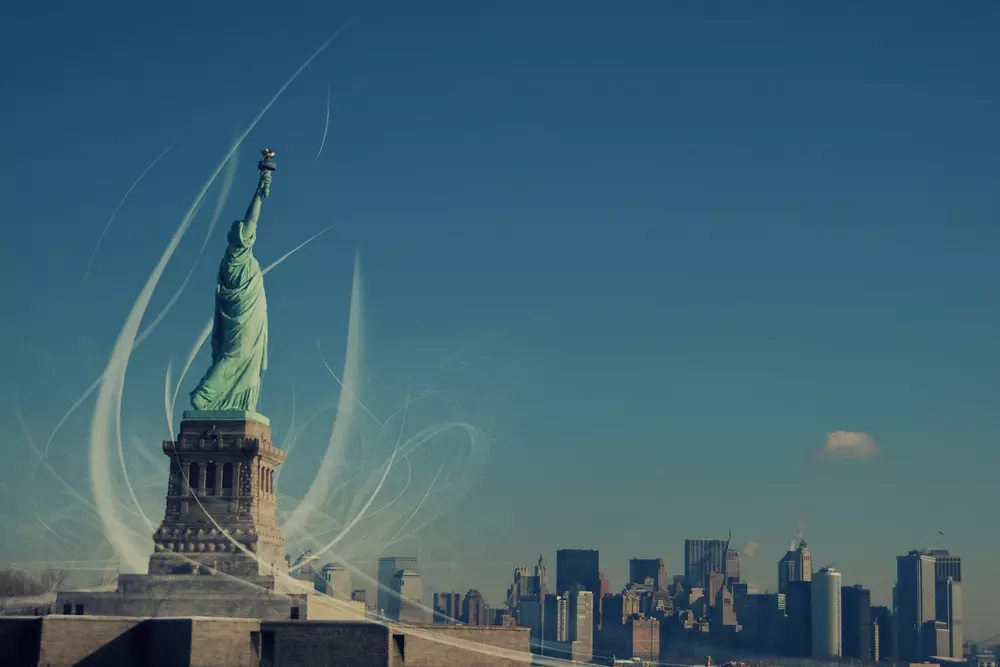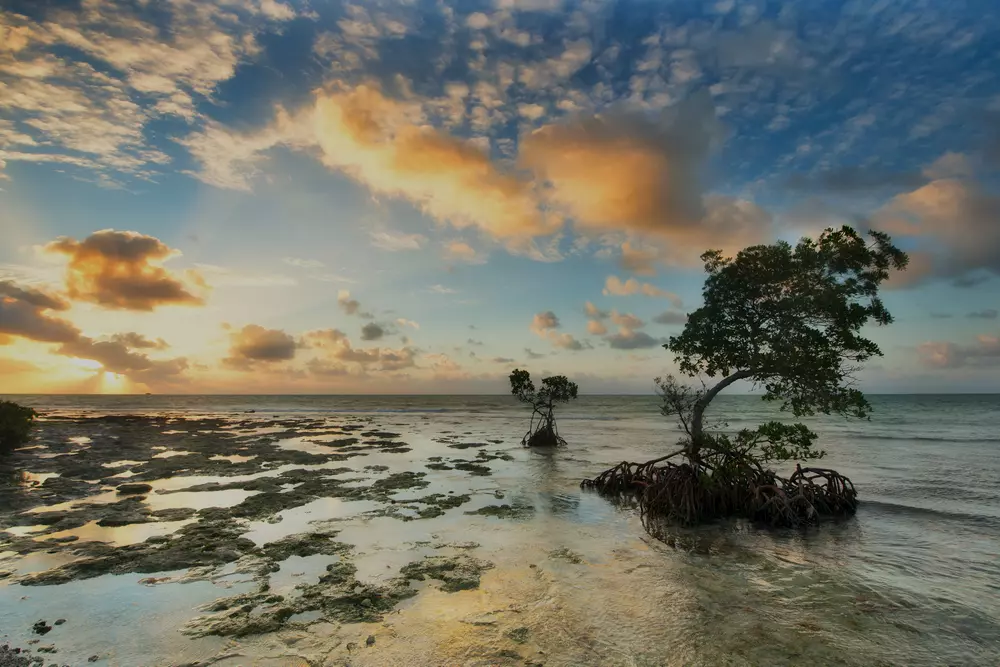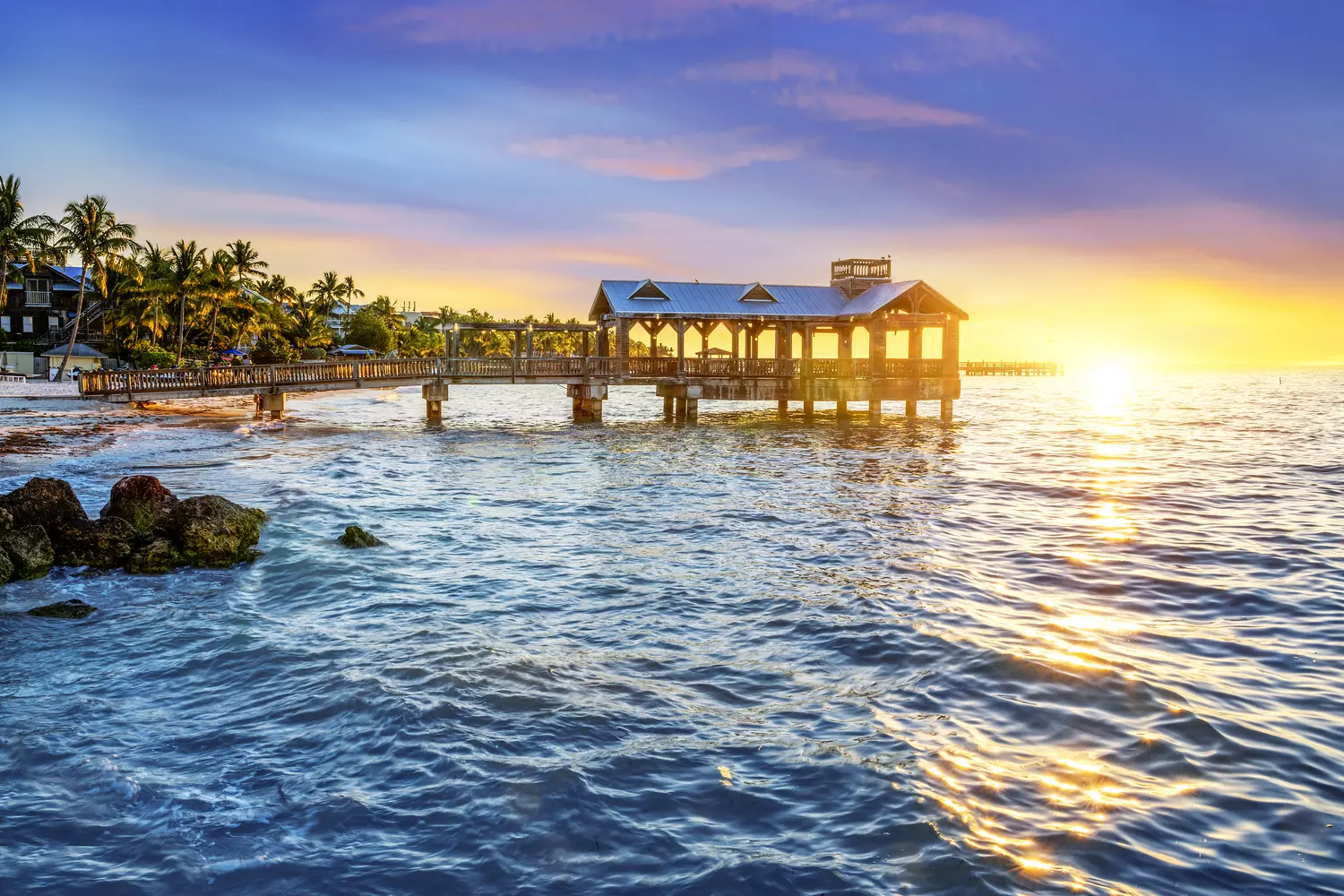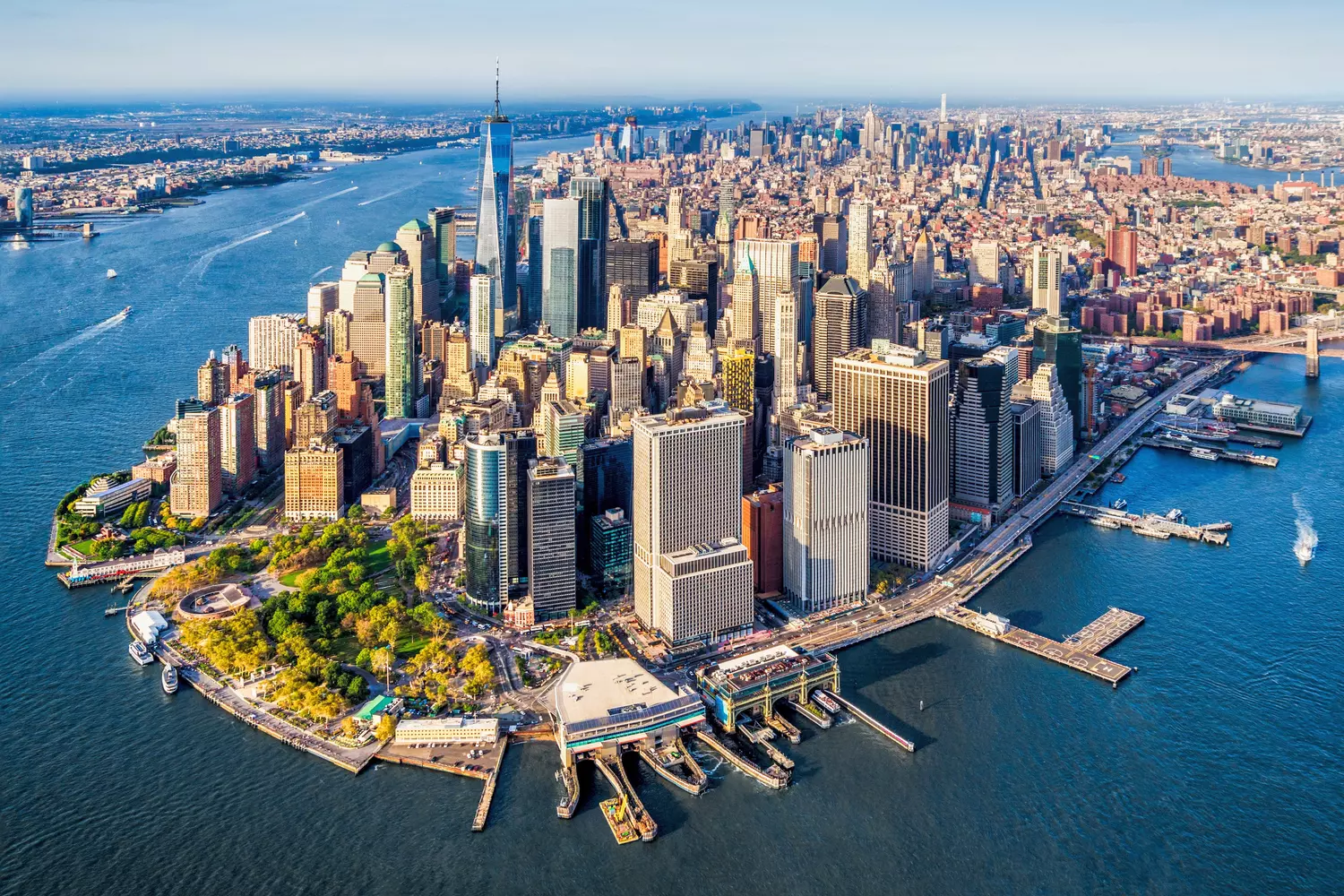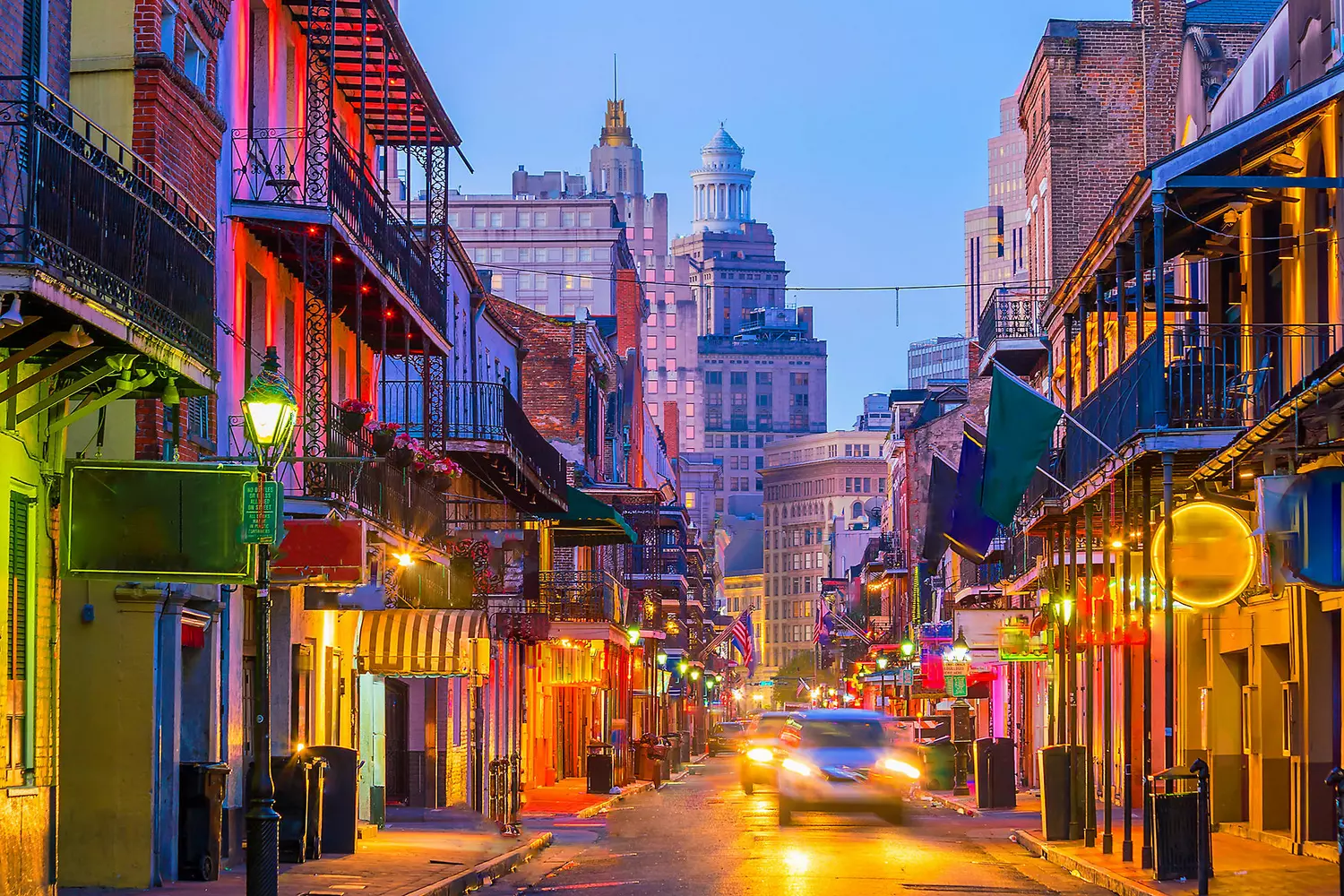There are names that imprint themselves on our minds not as lines in a textbook, but as personal stories. John Fitzgerald Kennedy is one of those names. He was not just the 35th President of the United States — he is a symbol of hope, change, and tragedy. His image, as if carved from an era, still inspires admiration and debate, remaining vivid in the memory of more than one generation.
Born into a prominent family with enormous expectations, he journeyed from a sickly boy to a national hero and, ultimately, to a president who changed the course of history. His assassination shocked the world, but his life made an even greater impression — bright, contradictory, full of ambition and a sincere desire for a better future.
Who was he — this young leader who became a legend? Why are his words still quoted today? What is his true legacy, and why does he remain relevant in the 21st century?
This article is not just a retelling of a biography. It is an attempt to feel the pulse of the time in which Kennedy lived. It is a look at an era through the fate of a man who could ignite millions of hearts with his words, his gaze, his actions.
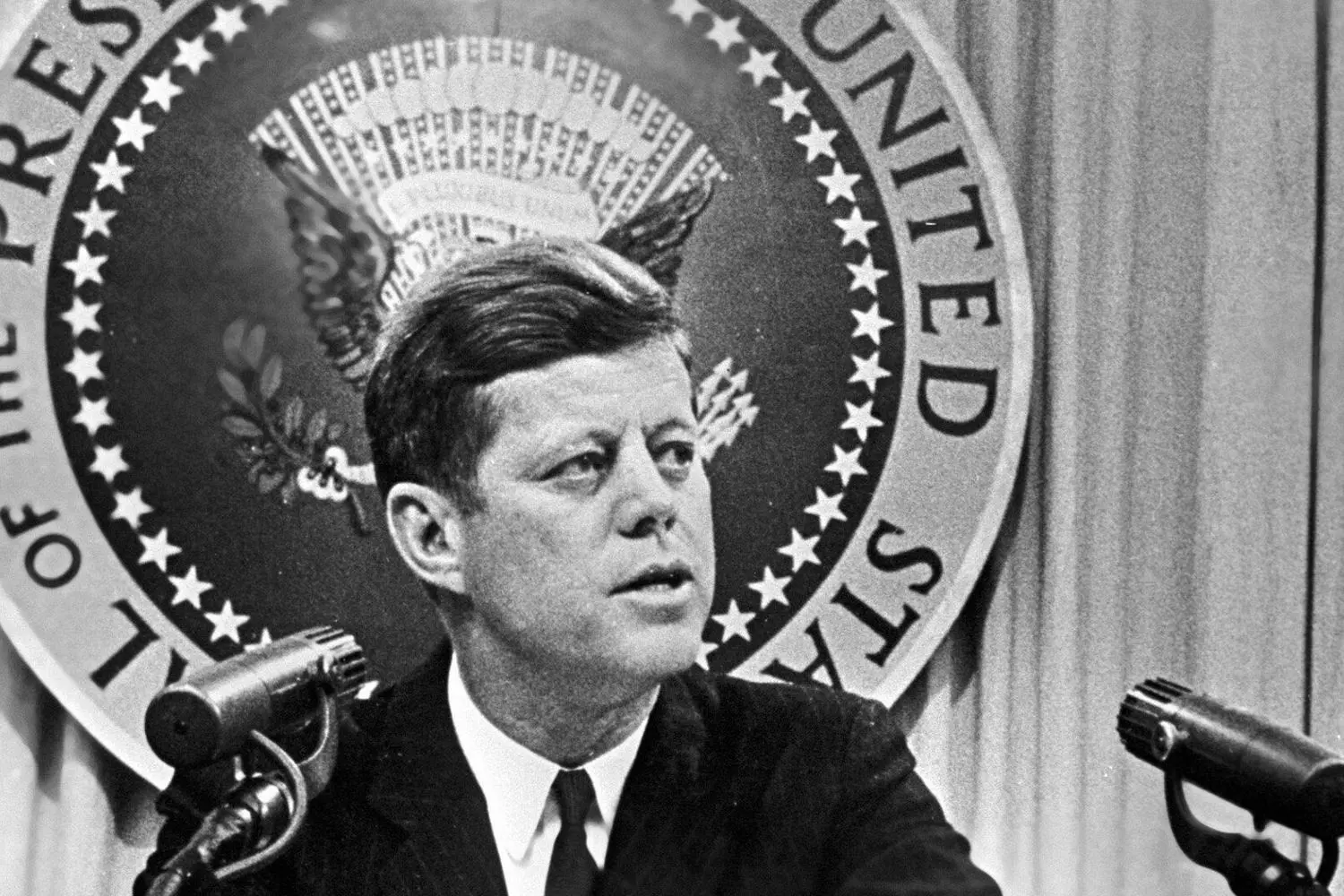
"He was the first president to openly stand for civil rights. He gave us hope — not just as a politician, but as a man who understood injustice." — Martin Luther King Jr. on Kennedy
Childhood and Family of Kennedy
John was born on May 29, 1917, in Brookline, Massachusetts, into a large Irish-Catholic family deeply involved in politics and business. His father, Joseph Patrick Kennedy, was a man of immense influence — a financier, the first chairman of the SEC (Securities and Exchange Commission), U.S. ambassador to the United Kingdom, and the true strategist behind the Kennedy dynasty. His mother, Rose Elizabeth Kennedy (née Fitzgerald), came from a prominent Boston family and remained a devout Catholic, raising her children with a strong sense of discipline, patriotism, and public service.
John had eight brothers and sisters. The Kennedy family was seen as the ideal unit of the American elite: beautiful, successful, active, and devout. Every child grew up with the belief that they must succeed — in politics, business, or social service. Among his brothers were Joseph Kennedy Jr., Robert (Bobby), and Edward (Teddy) Kennedy, each of whom left a mark on U.S. history.
From an early age, Kennedy lived under the pressure of expectations. He was a sickly child, suffering from chronic back pain, a rare form of anemia (Addison's disease), and stomach problems. Despite his physical challenges, he stood out for his sharp intellect, remarkable erudition, sense of humor, and quick wit.
"My father always said: when you succeed, know that it was expected" — Kennedy recalled in private correspondence.
John studied at the best schools, including Choate Rosemary Hall — an elite private school in Connecticut, where he wasn’t the most diligent student but was remembered for his charisma and ironic intelligence. He later enrolled at Princeton, but due to illness transferred to Harvard, where he excelled as an analyst of international politics. His thesis — a study of Britain’s unpreparedness for World War II — became the basis for his book *Why England Slept*, which was published and brought attention to the young Kennedy.
Interesting facts about Kennedy's childhood
- At school, he was called "Jack" — a nickname that stayed with him for life.
- He was a sickly child: suffering from asthma, allergies, and nearly died from scarlet fever.
- Despite his poor health, he was ambitious and persistent — he dreamed of politics from a young age.
- Joseph Kennedy later personally financed his son’s campaign, resorting to voter manipulation when needed.
- Rose Fitzgerald — the daughter of Boston’s mayor — kept a detailed card file on each child: achievements, illnesses, punishments.
"Life is unfair, but it doesn’t matter where you start — what matters is where you’re going." John Kennedy
He was surrounded by ambitious siblings, especially Joe Jr., whom their father envisioned as a future president. But war changed everything: Joe died in 1944 during a secret Air Force mission, and that tragedy made John the primary heir to the family's political ambitions. From then on, he was the one expected to fulfill the family’s dream of reaching the White House.

War and First Recognition: How Military Service Shaped Kennedy
When World War II began, John Kennedy — despite his fragile health and chronic illnesses — volunteered to join the U.S. Navy. He completed officer training and was assigned as the commander of the PT-109 torpedo boat, operating in the southern part of the Pacific Ocean.
In August 1943, during a night patrol, Kennedy’s boat was unexpectedly rammed by a Japanese destroyer. The vessel was literally torn in two; one crew member was killed instantly, and Kennedy himself suffered a serious back injury. Despite the trauma, he organized the rescue of the surviving crew members. The most astonishing part was how he swam over 3 miles to the nearest island, holding the strap of an injured sailor’s life jacket clenched in his teeth. For days, the crew hid from the enemy until they were finally rescued.
Fun fact: For his bravery and leadership, Kennedy was awarded the Navy and Marine Corps Medal and the Purple Heart. This episode made him a national hero and laid a vital foundation for his political reputation.
This story spread through the newspapers, inspiring Americans. A war hero with charisma, intellect, and an honest smile — that was exactly the kind of leader America was longing for, tired of old-school politicians. It was from this moment that Kennedy’s path to the White House truly began.

Political Career: A Meteoric Rise
In 1946, John Kennedy was elected to the U.S. House of Representatives from Massachusetts’s 11th congressional district. This marked the beginning of his political career, largely inspired by his father. Joseph Kennedy Sr., a political strategist and the ambitious patriarch of the family, dreamed of seeing his sons rise to the pinnacle of power. After the death of his eldest son, Joe Jr., John became the main bearer of the family’s political ambitions.
In the House of Representatives, Kennedy quickly earned a reputation as an independent politician with a moderate stance. He supported social programs while also advocating for a strong foreign policy. In 1952, he challenged Republican veteran Henry Cabot Lodge in a Senate race — and unexpectedly won. The senatorial campaign was notable for its effective use of mass media, which became Kennedy’s trademark. He understood that image and communication were essential in modern politics.
From 1953 to 1960, he served as a senator from Massachusetts. It was during this period that Kennedy began shaping his own political identity: he wrote books, including the Pulitzer Prize-winning "Profiles in Courage," made frequent television appearances, and built strong connections with voters and party leaders. By 1960, he was seen not just as a politician, but as a national figure with charisma and ambition. Why did he decide to run for president?
- Because he felt the country was ready for change. He sensed fatigue from bureaucracy, an aging establishment, and the anxiety of the Cold War.
- He had a powerful team behind him: his father provided funding and strategy, his brother Robert managed grassroots efforts, and his wife Jacqueline shaped the image of a refined First Lady.
The 1960 presidential campaign against Richard Nixon became a turning point in U.S. history. It went down in history as the first televised debate, and Kennedy won not with arguments, but with presence: confident, tan, composed — he was a stark contrast to the pale and nervous Nixon. His program, which he called the "New Frontier," promised reforms in education, healthcare, space exploration, civil rights, and science.
"Ask not what your country can do for you — ask what you can do for your country" (from his inaugural address)
Kennedy also became the first Catholic elected as President of the United States — a step that was met with caution but symbolized change and pluralism. He was supported by the youth, liberal circles, labor unions, and the intelligentsia. Those who voted for him were people who wanted to believe in a new generation of leaders.
Thus, Kennedy’s victory in 1960 was not just the result of a well-executed campaign — it was a reflection of deep societal change in America.

The Presidency of John F. Kennedy: An Era of Transformation and Aspiration
When John F. Kennedy assumed office as President of the United States in 1961, the world stood on the threshold of numerous changes. It was a time of global political tensions, but also a period of new opportunities and ambitions for the youngest nation on the planet. With his arrival at the White House, the country faced profound domestic and international challenges — from economic troubles to the threat of nuclear war. However, Kennedy brought with him hope for the future and a determination to implement progressive reforms that would significantly alter the course of American history. His presidency marked an era of change — both in socio-economic terms and international relations — and despite its short duration, it left an indelible mark on world politics.
Domestic Policy: A New Vision for America
When John Kennedy became president, the country was undergoing a period of transformation. Domestic issues in the U.S., including inequality, racial discrimination, and problems in education, demanded immediate attention.
- 01. Civil Rights Movement
One of Kennedy's most significant achievements in domestic policy was his determination to fight for African American rights. Although initially cautious on the issue, over time, Kennedy actively supported reforms aimed at combating racial discrimination and collaborated with Martin Luther King.
In 1961, he signed an executive order prohibiting racial discrimination in federal construction programs. In 1963, he proposed a civil rights bill to Congress that laid the foundation for the historic Civil Rights Act of 1964, signed by his successor Lyndon Johnson. - 02. Economic Reform: “New Frontier”
Kennedy also committed to implementing an ambitious economic program known as the "New Frontier." It included a broad range of reforms: increased funding for science and technology, programs to improve education and healthcare, and fiscal policies to stimulate the economy — including tax reform that reduced taxes for the middle class and encouraged economic growth. - 03. Social Security
Kennedy also aimed to ensure a fairer distribution of income and improve the nation’s social welfare system.
Foreign Policy: The Cold War and the Struggle for Influence
Kennedy took office at the height of the Cold War, and his foreign policy was clearly focused on preventing the threat of nuclear conflict and strengthening the United States' position in world affairs.
- The Cuban Missile Crisis: Peak of Tension
One of the most dramatic moments of his presidency came in 1962 with the Cuban Missile Crisis. The USSR had deployed nuclear missiles in Cuba, leading to a direct confrontation between the U.S. and the Soviet Union. This crisis became one of the most dangerous episodes of the Cold War, bringing the world to the brink of nuclear war.
Kennedy demonstrated determination and courage throughout the conflict, and thanks to his diplomatic approach, large-scale war was averted. He established a direct hotline to Moscow to reduce the risk of future military confrontations. - Relations with the USSR and Detente
A key aspect of Kennedy’s foreign policy was his effort to ease tensions with the Soviet Union. In 1963, following the Cuban Missile Crisis, he successfully negotiated the Partial Nuclear Test Ban Treaty, a landmark in arms control efforts. - The Space Race and a New Future
Kennedy set an ambitious goal — to land a man on the Moon by the end of the 1960s. He declared that the U.S. must demonstrate leadership in space exploration and place itself at the forefront of global science and technology. This was not only a manifestation of technological ambition but also a vital element of the Cold War prestige battle. - Complex Relations with Latin America
Kennedy also took steps to improve relations with Latin America. The "Alliance for Progress" was designed to enhance economic and social conditions in Latin American countries, aiming to prevent Soviet expansion in the region. However, the program encountered difficulties and failed to produce long-term success, highlighting the complexity of U.S. foreign policy in that region.
John Kennedy’s Conflicts: Political Battles and Personal Clashes
Despite his popularity and leadership, John F. Kennedy was no stranger to conflict — both politically and personally. His presidency was marked by numerous complex situations and confrontations that significantly affected both his policies and personal reputation. These conflicts ranged from external threats like strained relations with the USSR to domestic political disagreements within the U.S.
- Conflict with Cuba and Fidel Castro
After the Cuban Missile Crisis, Kennedy continued to face tension with Cuba and its leader, Fidel Castro. In 1961, shortly after taking office, Kennedy faced the failed Bay of Pigs invasion — a CIA-backed operation involving Cuban exiles attempting to overthrow Castro's regime. The failure significantly damaged Kennedy's reputation and sparked long-term hostilities.
Kennedy found himself in a difficult position after his administration was blamed for the disaster, provoking outrage from political opponents and critics. However, the experience also taught Kennedy valuable lessons in caution and underscored the need for a more strategic approach to dealing with Cuba and its ideology. - Domestic Political Clashes: Johnson and His Rivals
Internal political conflict was another challenge Kennedy faced. His relationship with Vice President Lyndon Johnson was often tense. Although Johnson was an important ally, their approaches to strategy and political conduct frequently clashed. After Kennedy’s assassination, Johnson became president, and occasional public disagreements arose regarding Kennedy’s policy legacy.
Moreover, Johnson and Kennedy had differing perspectives on the Southern states, particularly concerning racial integration. While both supported civil rights reforms, their methods sometimes diverged. After Kennedy's death, Johnson became the driving force behind civil rights legislation, but their relationship remained complex at the time of Kennedy’s passing. - Conflict with the Mafia
John Kennedy also confronted organized crime in the U.S., leading to numerous rumors and conspiracy theories. His brother, Robert Kennedy, as Attorney General, vigorously pursued the mafia, resulting in clashes with major criminal figures such as Carlo Gambino, Vito Genovese, and others. Some researchers claim that in retaliation, the mafia launched efforts to undermine the Kennedys' reputation and influence. - Disputes with Conservative Opposition
Kennedy also faced fierce opposition from conservative politicians and military leaders. His progressive reforms in civil rights, social programs, and foreign policy sparked discontent among conservatives who did not share his vision. The conflict with the military was especially sharp over the Vietnam War. Kennedy was reluctant to see deep U.S. involvement in the conflict, but pressure from military and political figures was intense. This issue also caused divisions within his administration.
John Kennedy was one of the most ambitious and charismatic leaders ever to serve as President of the United States. His administration left a lasting legacy in world history, and many of his initiatives continue to influence U.S. policy and strategy to this day.
He became a symbol of change and hope — embodying the ideal of a new generation of leadership that not only spoke of problems but sought real solutions. His domestic reforms, civil rights efforts, and quest for global stability during the Cold War all formed part of a wide-reaching agenda aimed at improving life not just for Americans, but for the world at large.

JFK's Private Life: Family, Love and Secrets
John F. Kennedy was not only an outstanding politician but also a man with a vibrant personal life. His relationships with his family, wife, and lovers became the subject of much discussion and speculation, and his affairs remain one of the most famous and mysterious aspects of his life. Behind the official image of the president lay personal struggles and secrets that are still relevant today.
Jacqueline Kennedy: A Symbol of Style and Elegance
Jacqueline Bouvier Kennedy, who became the First Lady of the United States, was an important figure not only in the life of the president but also in the life of the entire nation. She was known for her elegance, refinement, and education, becoming a cultural icon of the 1960s. Kennedy met Jacqueline in 1952, and they soon married. Together they had four children: Caroline, John Jr., Patrick (who, unfortunately, died at the age of two days), and their younger son, John (who died in 1963).
Jacqueline became First Lady in 1961, and her style and grace immediately captured public attention. She was loved by Americans for her poise and her ability to remain strong during difficult times, including the tragic moment of her husband’s assassination.
However, despite their public harmony, the marriage hid several complex and difficult aspects, including numerous rumors about the president’s personal affairs. After John’s death, Jacqueline married the Greek billionaire Onassis — a move that shocked America.
John Kennedy’s Affairs and Love Life
John Kennedy was known for his numerous extramarital affairs, which became one of the most talked-about aspects of his life. In contrast to his public image as a responsible president and caring husband, his private life often drew attention.
In addition to his marriage to Jacqueline, he had several long-term affairs with women:
- Judith Campbell — a link between Kennedy and the mafia (she was also the mistress of mobster Giancana).
- Mimi Alford — a 19-year-old White House intern; their relationship began when she was 18.
The FBI was aware of these affairs, but Hoover (the Bureau's director) covered for Kennedy — they had mutual kompromat on each other.
One of his most famous affairs was with actress Marilyn Monroe, which became a true sensation. Marilyn Monroe, a bright Hollywood star and cultural icon of her time, had known Kennedy for several years, and their relationship began around 1961. Although it's difficult to determine the exact length of their affair, there is plenty of evidence suggesting there was more than just a friendship between them. Marilyn also became close to Kennedy's brother, Robert, and their relationships were surrounded by rumors and speculation.
One of the most striking episodes of their affair took place in 1962 when Marilyn performed the famous song “Happy Birthday, Mr. President” at John Kennedy’s birthday celebration. This performance caused a real scandal, as it took place among top officials, and soon everyone was talking about her relationship with the president.
Nevertheless, the affair between Kennedy and Monroe was not long-lasting. After that, their relationship became more distant. Official sources claim the affair ended by the end of 1962, but the exact details remain unclear to this day.
One theory suggests that Monroe may have been not only Kennedy’s lover but also an important figure in complex political intrigues of the time. Some believe she may have been connected to the CIA or other political groups, but all these theories remain speculative.
Marilyn Monroe’s death in 1962, when she was found dead in her home in Los Angeles, also sparked discussion. The official version stated that she died from an overdose of sleeping pills, but this tragedy, too, is surrounded by many conspiracy theories. Some claim her death was connected to her relationships with Kennedy and the possible disclosure of classified information.
John Kennedy’s personal life was complex and multifaceted. It was far from the ideal portrayed in official propaganda. However, as with his political career, it left a vivid mark on history. His relationships with his wife, lovers, and personal tragedies played a significant role in shaping the image of a man who continued to be loved despite his many flaws and shortcomings.
Jacqueline, despite the trials within the marriage, remained faithful to her role as First Lady, embodying resilience and dignity. And John Kennedy, despite his personal indiscretions, remained a symbol of hope and progress for many Americans.
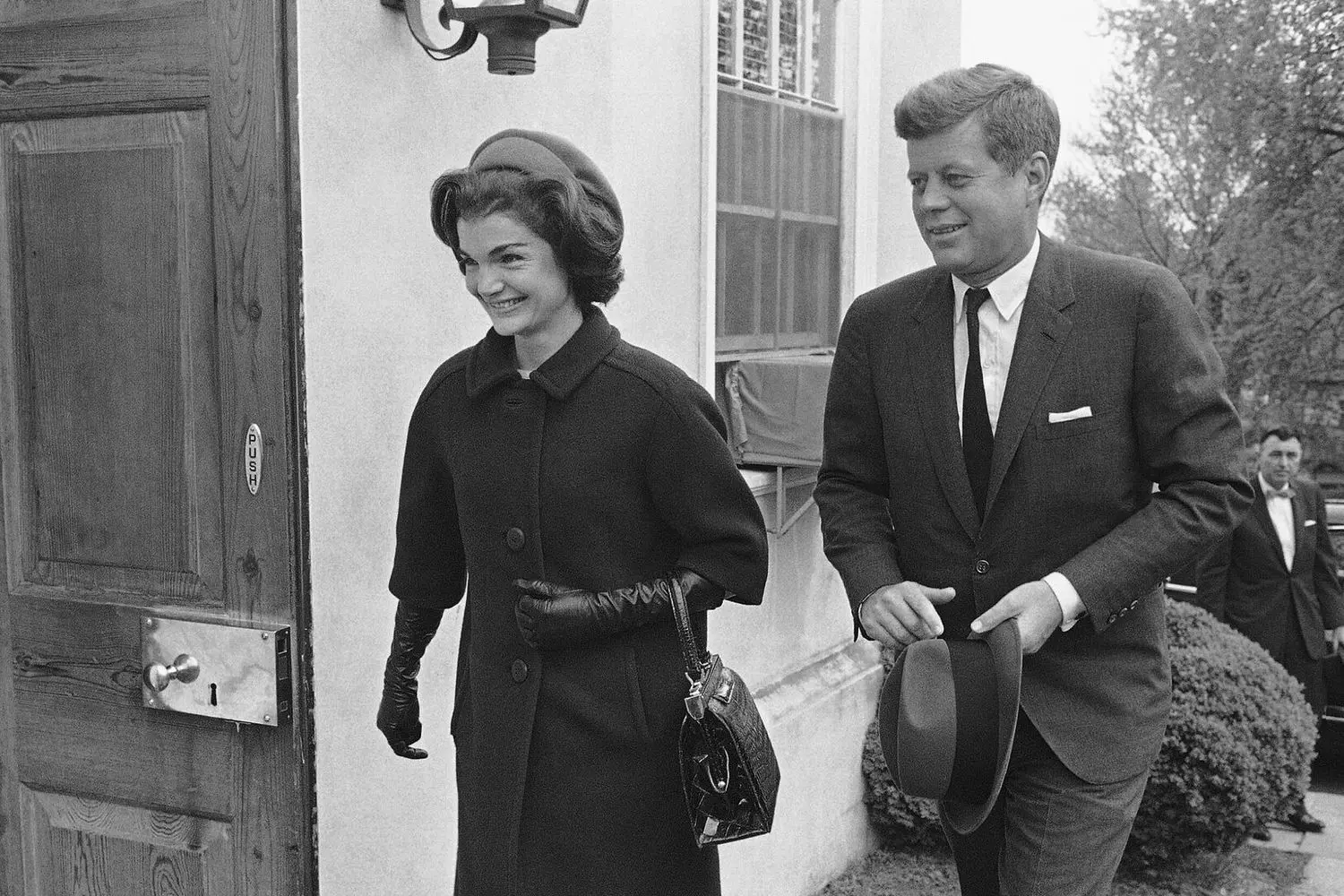
The Dallas Assassination: When Time Stood Still
November 22, 1963, Dallas, Texas. An open-top car, Kennedy waves to the crowd. Seconds later — gunshots.
He was shot while riding through the city in a convertible, accompanied by his wife Jacqueline and Texas Governor John Connally. The shooting occurred as the presidential motorcade passed through the streets of the city.
Timeline of That Day's Events
- 12:30 PM local time
The motorcade departs from the hotel and heads toward the Dallas Trade Mart. - 12:33
The first shot was likely fired from the sixth-floor window of the Texas School Book Depository. The bullet hit Kennedy in the back, then in the neck, but he remained conscious. - 12:34
The second shot, likely fatal, struck the president in the head, and he immediately lost consciousness. - 12:35
The motorcade was immediately directed to the nearest hospital — Parkland Memorial Hospital. - 12:38
John F. Kennedy was pronounced dead. He was only 46 years old at the time of his death.
His death shocked not only America but the entire world. The nation was gripped by disbelief and deep mourning. Emergency security measures were enacted immediately, and authorities launched an investigation.
Lee Harvey Oswald — The Accused
Just a few hours after the assassination, Lee Harvey Oswald was arrested. He was charged with the murder of the president, as well as the killing of police officer J.D. Tippit, whom he shot while being pursued. Oswald denied the charges and insisted he was innocent. He also claimed that he had been wrongly accused and that his arrest was the result of errors.
However, before he could be thoroughly interrogated, on November 24, 1963, Oswald was shot dead in front of live television cameras as he was being transferred from the police station to the county jail. The shooter was Jack Ruby, a nightclub owner who claimed he committed the act out of a desire to spare the Kennedy family further grief.
Official Investigation and Conspiracy Theories
The official investigation, conducted by the Warren Commission, concluded that Oswald acted alone and was the sole shooter. However, many doubted this version of events, and questions and contradictions remain to this day. Numerous conspiracy theories emerged, suggesting the assassination was orchestrated by others, including groups or even elements within the government.
Conspiracy theories include:
- The Second Shooter Theory
Some believe a second shooter may have been positioned elsewhere, such as in a building opposite the depository, which could explain discrepancies in the sounds of the shots. - The Mafia and CIA
Others claim the mafia, or even CIA operatives, orchestrated the assassination because of Kennedy’s policies on Cuba. - The Government
Another theory posits that high-ranking government officials, unhappy with Kennedy’s political views, may have organized his assassination.
Many questions surrounding Kennedy’s assassination remain unanswered, fueling ongoing public interest in the case.
America’s Reaction to the Assassination
After John Kennedy’s death, the nation was gripped by shock and tragedy. The event came to symbolize the loss of the ideals he represented. For several days, the entire country was in a state of national mourning, and many people expressed their grief publicly in the streets and other public spaces.
Vice President Lyndon B. Johnson was sworn in aboard Air Force One on the same day Kennedy was killed. Timing was critical, as America needed to remain stable and operational despite the tragedy.
Kennedy was a young, charismatic, and energetic leader who brought new ideas and momentum into American politics. He symbolized hope, change, and progress. His death left a profound void, and many people felt that an entire era had ended with him.
Americans mourned not only the loss of a leader but also the social and political ideals he had introduced to the country. He was more than a politician — he was a man who believed in a better future for his country and the world. His inaugural speech and the famous line, “Ask not what your country can do for you — ask what you can do for your country,” remained etched in memory for decades.
Political Instability
After Kennedy’s assassination, the country experienced political instability. Many Americans felt uncertain about the future. Politicians like Lyndon Johnson struggled to fill the role Kennedy had played. In his absence, the party faced internal divisions, and the American public began to question the reliability of its leaders.
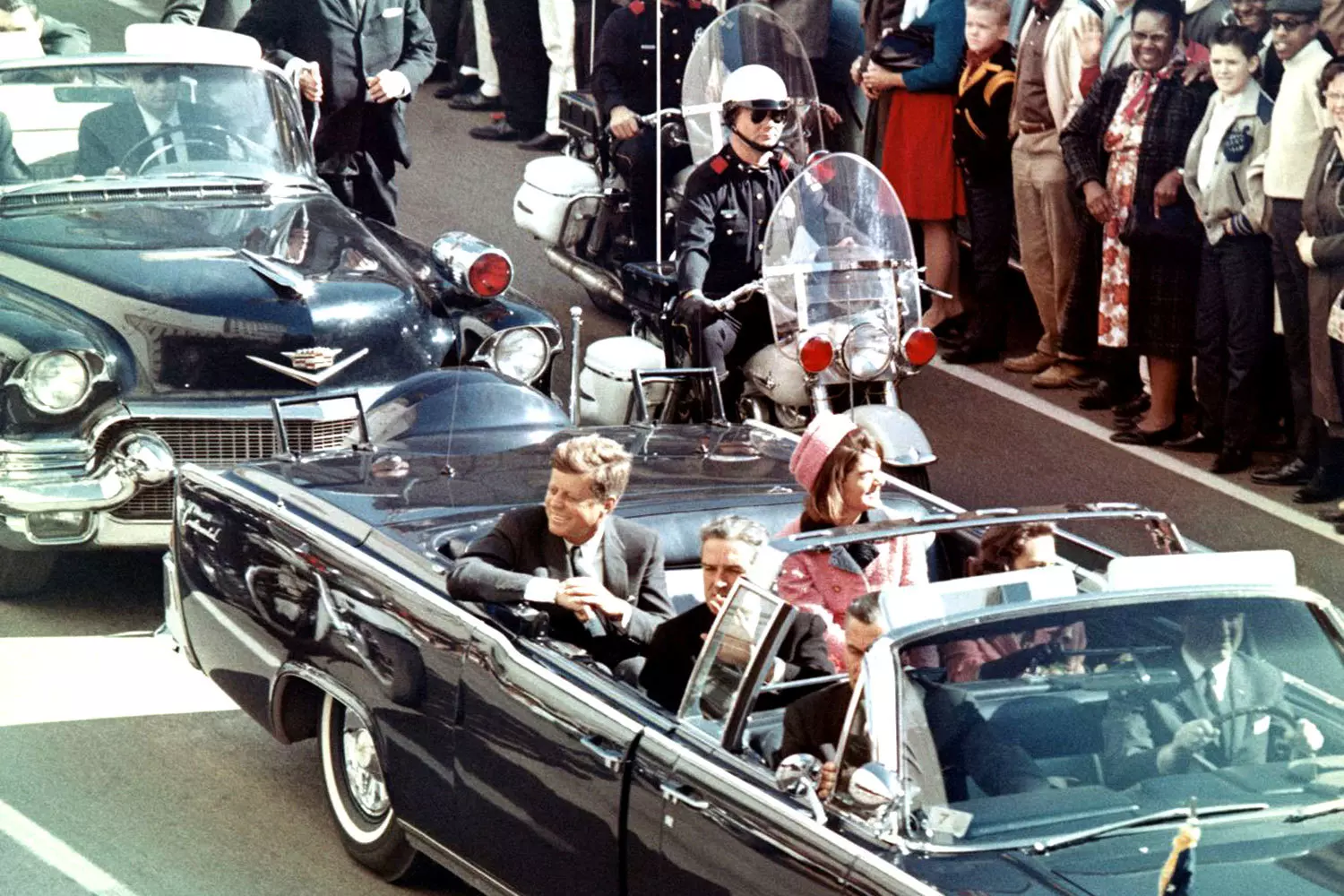
The Kennedy Legacy: What Endures?
After the tragic death of John F. Kennedy, his name continues to live on in the memory of Americans and the world. His legacy extends far beyond his political career. It is tied not only to political achievements but also to the cultural transformations he inspired. Decades later, many places around the world bear his name, and various initiatives and projects that embody Kennedy’s ideals still exist to this day.
- The "New Frontier"
This laid the groundwork for social reforms, including the expansion of civil rights and the fight for minority rights. Many of his ideas were carried on after his death, primarily through the administration of Lyndon Johnson, who assumed the presidency after Kennedy’s assassination. Kennedy’s legislative initiatives, such as the creation of the Peace Corps and the “Alliance for Progress” program, were further developed in the socially oriented agendas of future presidents. - Human Rights
Kennedy actively advocated for the integration of African American citizens into public life and addressed issues of racial discrimination. His ideas significantly influenced the civil rights movements of the 1960s, including the struggle for Black rights. After his death, the fight for civil rights became a key part of the U.S. political agenda. - Space Program
Kennedy was the initiator of ambitious plans for space exploration, including the landing of a man on the Moon, which later became one of the most important achievements of the U.S. in space history. This step became a symbol of American determination and strength during the Cold War. - Culture
His personality became symbolic of the 1960s — an era of optimism and change. Inspired by his rhetoric and policies, artists, writers, and musicians created works that reflected the spirit of the time. The iconic phrase “Ask not what your country can do for you, ask what you can do for your country” became a motto for an entire generation. It inspired the creation of works that embodied the ideas of civic duty and patriotism. Music of that era included compositions related to his legacy, such as the song “The Ballad of the Kennedy Brothers”, which became an anthem of remembrance. - Jacqueline Kennedy
The president’s widow also left a significant cultural legacy, becoming a style icon. Her elegant fashion and graceful demeanor continued to influence fashion and culture throughout the 1960s, and her image remained on magazine covers for decades. - Memorials and Symbolism
After Kennedy’s death, many cities, streets, and landmarks were named in his honor, symbolizing his immense contribution to American politics and culture. One of the most renowned memorials is the John F. Kennedy Memorial in Washington, D.C., a remarkable architectural structure. It serves as a monument to his life and legacy, as well as a cultural and artistic center hosting various events and exhibitions dedicated to the president.
In addition, numerous educational institutions and organizations were named after Kennedy, continuing to work in the fields of education, public service, and diplomacy. The John F. Kennedy School at Harvard University is one of the most prestigious institutions, focused on training future leaders and specialists in international relations.
Kennedy’s name still commands respect and interest. Schools, airports, and museums bear his name. His leadership style, humanism, and belief in the future have once again become relevant in the face of global challenges.
Americans remember him not just as a politician, but as a man who spoke sincerely and took meaningful action. His legacy is not only political reform, but also the spirit of an era.

The story of John F. Kennedy is a story of how one person can change the world. His life is an example that leadership is not just about power, but about the ability to inspire and act in the interests of people.
If you want to feel the pulse of American history, to touch the era of Kennedy, and see Washington through his eyes, American Butler will help you do this. Personalized tours to places connected with his life and presidency will allow you not just to see the sights, but to understand the essence of the country.
Discover America through the story of John Kennedy — with American Butler.
























